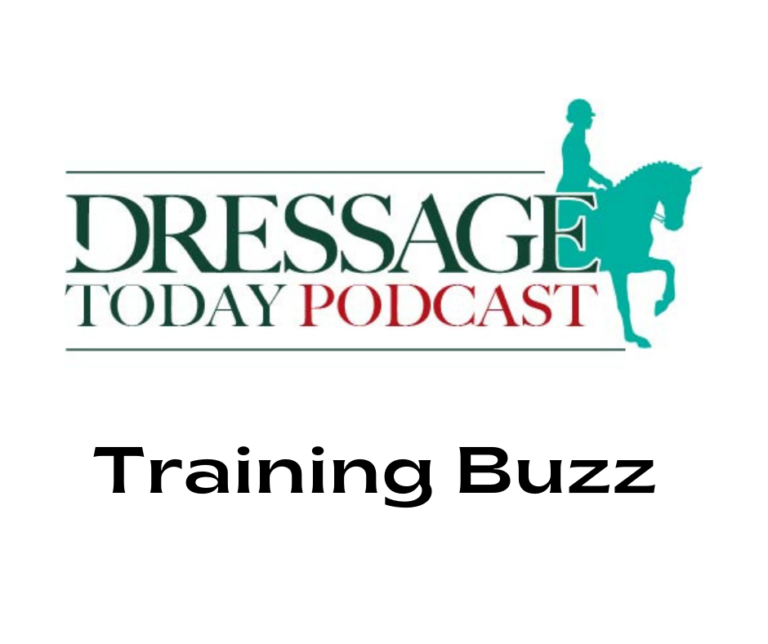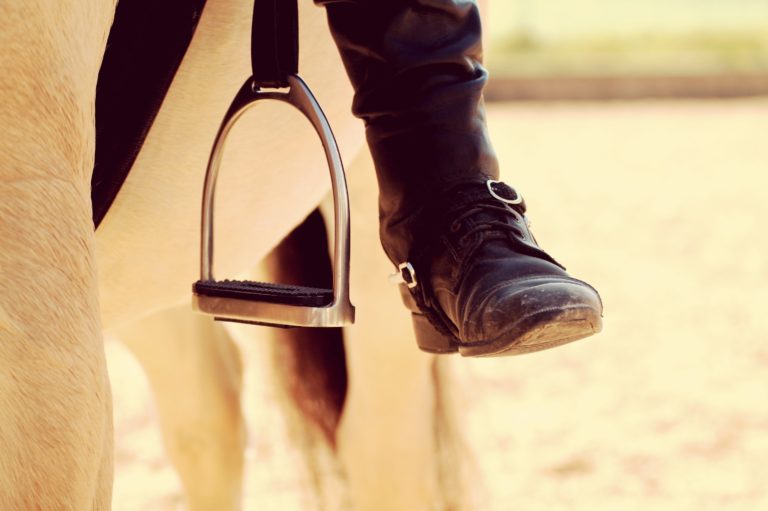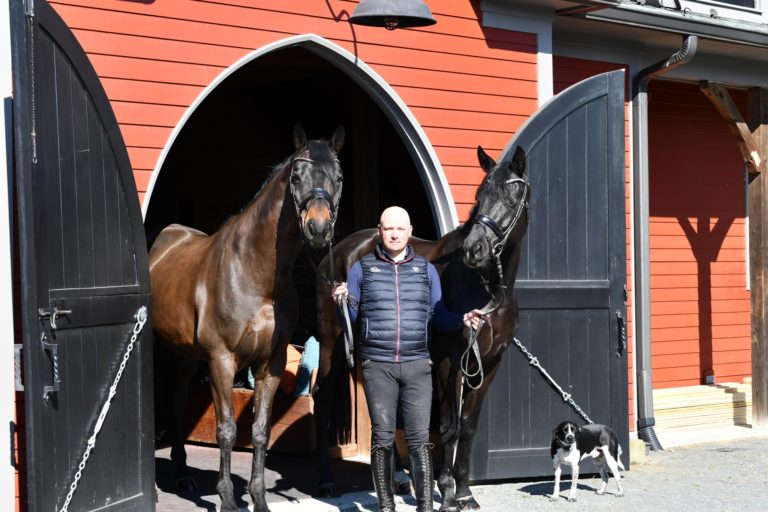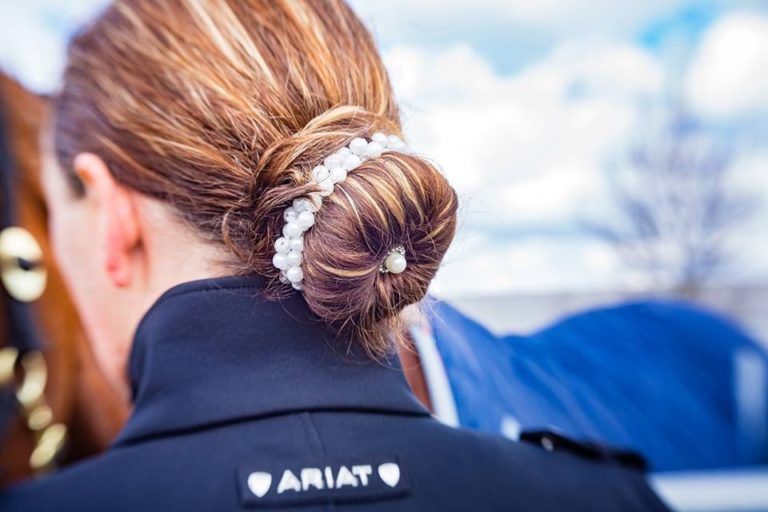Q: My hips have started bothering me now that I ride every day. My horse is an Andalusian mare and is quite wide in her back. Could that be the problem? Are there any specific exercises I could use to make my hips more comfortable while riding? What type of saddle works best for riders with hip problems? —Stacey Williams of St. Petersburg, Florida
A: You are not alone with this query. Hip pain and tightness are common complaints, seeming to be more prevalent among dressage riders. This is often due to the forces placed on our musculoskeletal system in a seated dressage position. The direct force load from the horse through the rider in dressage is translated through the rider’s hips and spine as you are in a constant contact-seated position with a loading point directly over your ischial tuberosity, known as your seat bones. Every time your horse moves, your hips and spine act as a shock absorber and allow you to move freely with the movement of your horse. If your body didn’t have this shock-absorbing ability, you would look extremely rigid and move against your horse’s movement pattern.
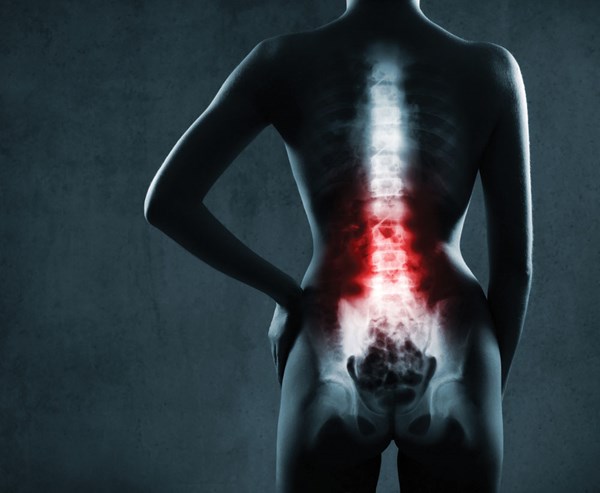
It is difficult to give you specific advice without knowing more about your injury and pain and knowing further subjective details on the type of symptoms you are experiencing. The following information is to be used as a guide only and not a diagnosis. They are suggestions on exercises that may be beneficial for you. I strongly suggest that you seek the advice of your physical therapist so she can diagnose your pain accurately and prescribe specific exercises related to you.
You mention your horse is an Andalusian mare and is quite wide through her back. The wider a horse is in the back, the more supple you need to be through your hips, allowing for a greater range of hip abduction (opening). For example, think about sitting straddled over a narrow barrel and then sitting over a wider barrel: On the wider barrel you need to be able to open your hips without cheating and just turning your knees outward. As soon as you turn your knees outward (common on a wider horse), it externally rotates the femur (upper thigh bone), forcing you onto the back of your seat bones for support and balance, which increases the force load through your hips and spine.
So how can you work on hip mobility? I advise all of my riders to run through a quick set of stretches before each ride as well as a more extensive stretch routine at home or in the gym. The main hip stretches to focus on before your ride would be your adductors (inner thigh). A good, quick stretch for this muscle group is to put your foot on top of a mounting block or on a low rail. Make sure that your knee is fully extended and your foot is facing the same direction as your hips. Slowly lunge at a 45-degree angle over your standing leg. You should feel a good stretch down the inside of your inner thigh. This should not be painful, but more of a gentle pulling/stretching feeling. Hold all stretches for approximately 30 seconds and repeat on both sides. As your flexibility increases, you can put your foot on something slightly higher to increase your range and stretch.
The other important structures to stretch for hip mobility are your quadriceps and hip flexors. You can target these together by standing next to a rail and facing away from it. Bring your toe up behind you and place it on the rail (the rail should be approximately the height of the bottom of your buttock). Stagger your standing leg slightly forward and in line with its hip joint. Then, while drawing your belly button in toward your spine and keeping your hips in a slight posterior rotation, slowly lunge downward on your stance leg. Make sure you hold on to the railing behind you with both hands for stability. You should feel a good stretch over the front of your hip and down the front of your thigh.
The last stretch that is important for hip mobility in riders targets your gluteals. The gluteals are the largest muscle group in the human body. You can do a simple stretch for them at the barn. Sit on the edge of a chair and place your foot on top of your opposite knee. Place one hand gently on your floating knee to stop it from coming upward and slowly bend your torso forward. Aim to reach for the ground with your free hand, just to the outside of your fixed ankle.
One common issue that I see in riders is weak postural stabilizers. The postural stabilizers around the hips and lower back act as a corset, supporting your spine. If your postural-stabilizing muscles are not strong enough to support your skeletal system under the load-bearing activity of riding, your pelvis and spine end up taking the entire shearing-force load. Over time, this can lead to wear and tear on your joints and can cause pain. As riders it is incredibly important to make sure we maintain strong core muscles, which will protect our spine and keep us pain free both in and out of the saddle. Your physical therapist, Pilates instructor or personal trainer can teach you the firing patterns of these muscle groups and help you progress with exercises as you get stronger.
As for equipment, I suggest that you sit in as many saddles as possible. Each rider is built differently so what suits one person may not suit another. Ask your coach to watch you ride in each saddle you want to try and give you feedback as to how he feels your position looks in each saddle. Your saddle is not only important for the horse, but it is also extremely important that it fits you. A narrow twist, for example, suits riders with a smaller pelvis. You need to feel comfortable in your saddle. It should not be causing you pain as you spend great lengths of time in it every day. Anatomically, a woman’s seat bones are generally farther apart when compared to those of a male, as a woman’s pelvis is often shallower and wider. When you are sitting in your saddle, you want your seat bones to sit flat against the seat and not be angled downward over the edge of the seat. Your saddle fitter and coach will be able to guide you best with this. The best advice I can give you is to sit in as many saddles as you can. It’s like trying to find that perfect pair of shoes!
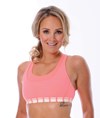
Britta Anna Pedersen, BHSc, RNZP, is an FEI-level dressage rider as well as a certified New Zealand physical therapist, Bosu trainer and founder of Equipoise, a physical-therapy and performance training business specializing in working with equestrian athletes. She has more than a decade of clinical experience and has worked extensively with a wide variety of athletes. She is based in Southern California (equipoisephysio.com).


